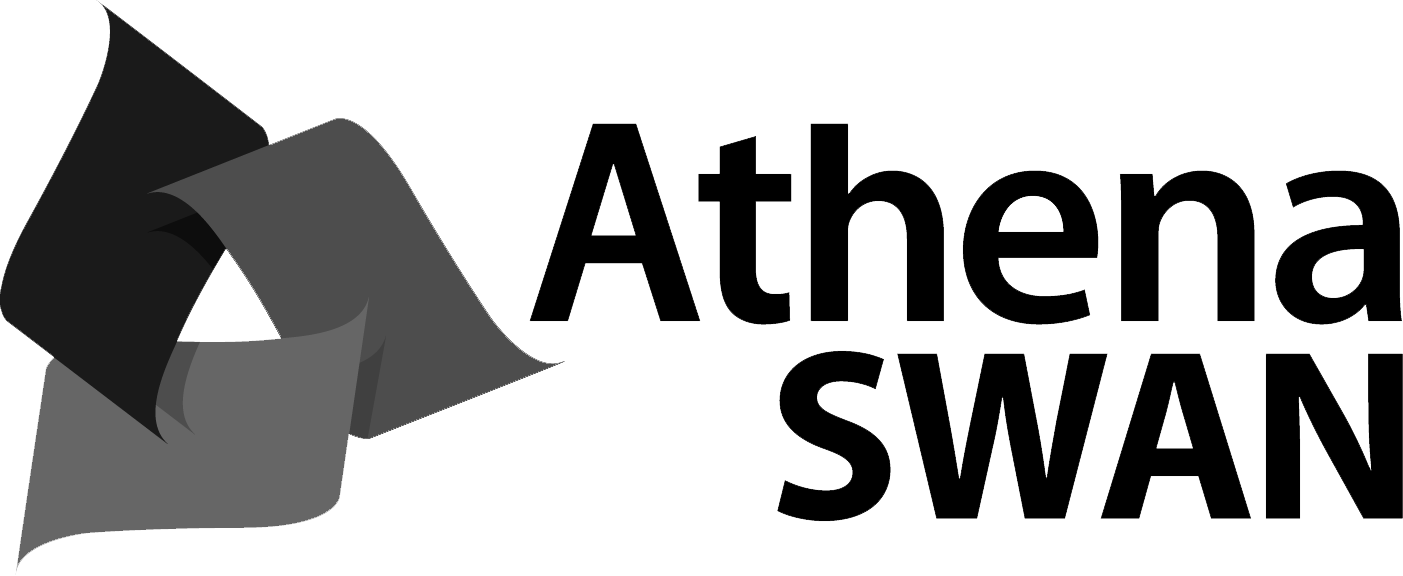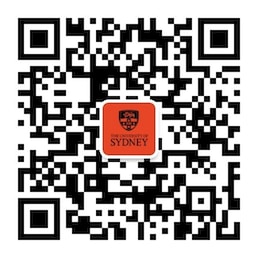This unit aims to provide an understanding of the anatomy, physiology and physics of speech. Students will gain a detailed knowledge of the anatomy of the head and neck as well as functional activities involving swallowing and speech. In addition student will learn the role of physics in sound production. Control of breathing and respiration in normal and pathological condition is also covered in this unit. Practical classes will take a case-based approach to learning. This unit includes laboratory classes in which human cadavers are studied; attendance at such classes is required.
Unit details and rules
| Academic unit | |
|---|---|
| Credit points | 6 |
| Prerequisites
?
|
None |
| Corequisites
?
|
None |
|
Prohibitions
?
|
None |
| Assumed knowledge
?
|
None |
| Available to study abroad and exchange students | No |
Teaching staff
| Coordinator | Helen Ritchie, helen.ritchie@sydney.edu.au |
|---|---|
| Lecturer(s) | Elizabeth Hegedus, elizabeth.hegedus@sydney.edu.au |
| Peter Knight, peter.knight@sydney.edu.au | |
| Kay Double, kay.double@sydney.edu.au | |
| Helen Ritchie, helen.ritchie@sydney.edu.au | |
| Bronwen Ackermann, bronwen.ackermann@sydney.edu.au | |
| Jaimie Polson, jaimie.polson@sydney.edu.au |





